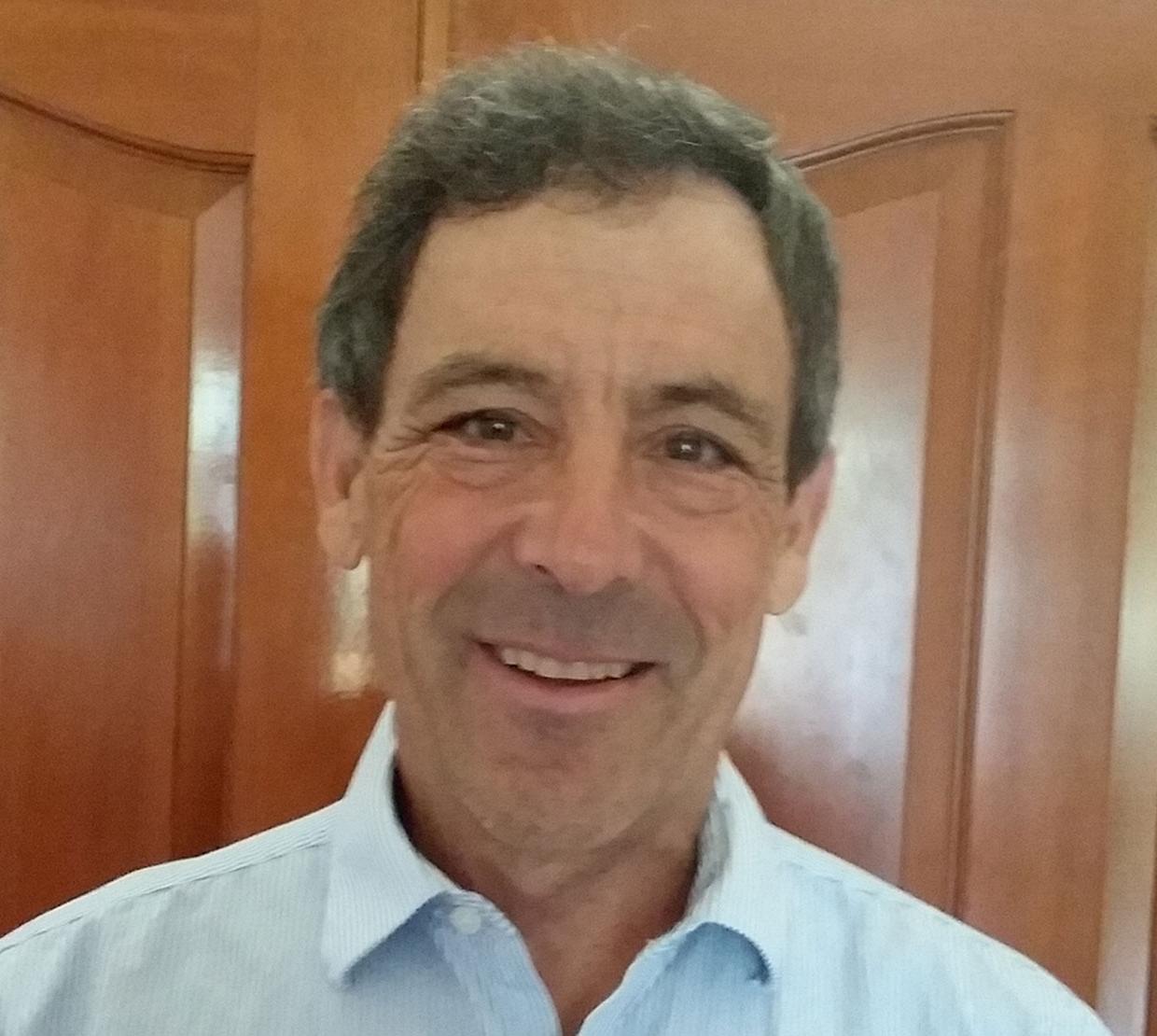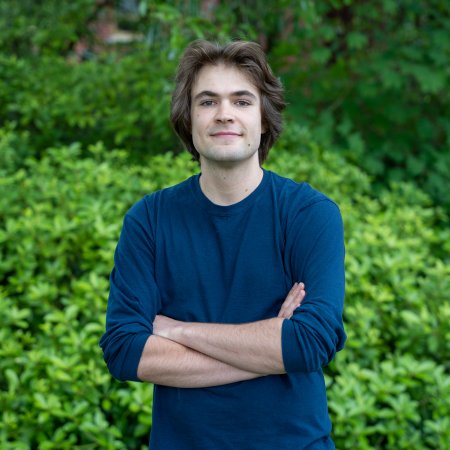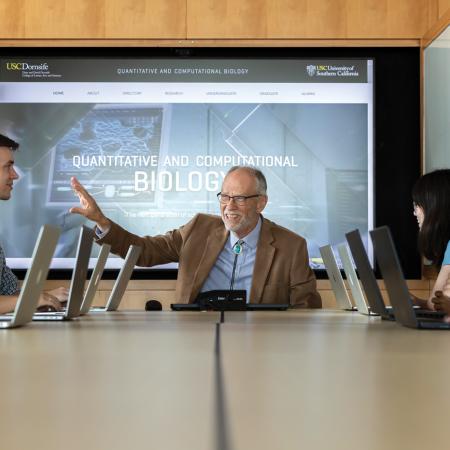Over a period of about 17 years, Thomas Cavaiani earned two bachelor’s degrees, a master’s degree and a doctorate from Oregon State University. He earned his first degree, a bachelor of science degree in mathematics, in 1971 and bid a final farewell to OSU with a Ph.D. in mathematics education in 1989. His second bachelor’s (’74) and master’s (’79) degrees were in math education.
Encouraged by Gene Craven, an OSU professor of math and science education, Cavaiani decided to pursue degrees in mathematics education. He was subsequently persuaded to stay on for a Ph.D. “Every time I finished my degree, my professors asked me to continue,” recalled Cavaiani. He completed his dissertation under the guidance of Howard Wilson, currently professor emeritus of mathematics and mathematics education.
Born in New Orleans, La., Cavaiani had a peripatetic childhood because of his father’s career in the U.S. Navy. He attended school in California, Kansas and Nebraska. After his parents settled in Redding, Calif., Cavaiani made up his mind to study at a Pac-12 university which brought him to the University of California, Berkeley.
Finding Berkeley “too big and impersonal,” Cavaiani left after one year. A friend in Redding asked him to accompany him to OSU because he was a student there and, thus, began Cavaiani’s long association with mathematics at OSU. Cavaiani had yearned for a more supportive academic environment and mentorship at Berkeley, something he easily found at OSU.
In the mathematics department at OSU, Cavaiani found plenty of encouragement and opportunities for enriching interactions with faculty that deepened his understanding of the subject. He recalls his meetings with Clifford Kottman, a former professor of mathematics (1970-76).
“I didn’t do well on a midterm exam in his class. When I went to meet him, he listened carefully. I couldn’t believe how well he clarified things for me,” said Cavaiani, who also remembers the invigorating conversations he enjoyed with professors Edward Waymire and Bob Burton. “These were people who would drop everything to talk to a student.”
Cavaiani was an undergraduate student when the first generation of faster and smaller computer systems began to make an appearance. He had a memorable numerical analysis class that blended mathematics and computing. This opened his eyes to the world of applied mathematics and computer science.
“My math education helped me think linearly—how to solve a problem by breaking it down, how to structure a solution and acquire the ability to think in a way that solves a knotty issue,” said Cavaiani. “This scientific method of problem solving has proven useful throughout my career in teaching and corporate training.”
Although Cavaiani studied at 13 different schools, he was always a successful student, primarily because he enjoyed mathematics and did very well in the subject. His mathematical ability and training paved the way for a fulfilling life and career.
“Math helps you think logically and make better decisions, even better life decisions,” said Cavaiani, who also attributes his success to not ever giving up and persisting in the face of obstacles.
Cavaiani recently retired as faculty from Boise State University (BSU) where he taught courses in programming, statistics, networking and telecommunications in the Department of Information Technology and Supply Chain Management. He leads a busy and active life in retirement. In addition to gardening and woodworking, Cavaiani is a skier in the winter and enjoys water sports like kiteboarding and windsurfing in the summer.
Working at the confluence of math and computer science
Interspersed with his studies at OSU, Cavaiani pursued careers in teaching at Boise State University in Idaho and as a graduate teaching assistant in mathematics at OSU. He also enjoyed stints teaching computer science and mathematics in Oregon — Chemeketa Community College in Salem and Linn-Benton Community College in Albany — and in Boise public schools.
At BSU, Cavaiani, in addition to teaching, led the implementation of computer network support program for students and faculty in the College of Technology. Besides playing an important role in developing educational technology, Cavaiani has enjoyed a rewarding and multi-faceted career as an informational technology expert and a corporate training consultant for various companies.
After obtaining his doctorate, Cavaiani worked as a systems administrator at Hewlett-Packard in Boise for a few years. Through the 1990s, he worked as a corporate training consultant for several companies, teaching programming, software applications and computer networking, thus ushering hundreds of employees into the era of computers and automation.
Helping students succeed
A passionate proponent of STEM learning, Cavaiani’s generous gift to the mathematics department will move the dial on research, teaching and achievement in the discipline. He has made a planned bequest to establish the Thomas P. Cavaiani Endowed Professorship, which will support a faculty position dedicated to innovative teaching and research in mathematics. This would be the first endowed professorship in the mathematics department.
At first keen on making a gift for student scholarship, Cavaiani eventually decided that a gift to support an endowed professorship would benefit more students.
“Innovative ideas and ways of teaching and doing research will expand the horizons of mathematics students. I have always been intrigued by how people learn things,” remarked Cavaiani.
The endowed position will expand the research and teaching capacity of faculty and enrich the learning experiences of mathematics students. “Innovative teaching, as I envision it, will be suitable for all sorts of students and accommodate different learning styles,” he added.
Cavaiani’s philanthropic gift will help a greater number of students succeed in mathematics as well as inspire more students to major in the subject.
“I thought this way you can get more young people to study math. There is no instant gratification,” Cavaiani observed. “My years of teaching have taught me that you have to be disciplined, keep going and keep learning year after year.”




